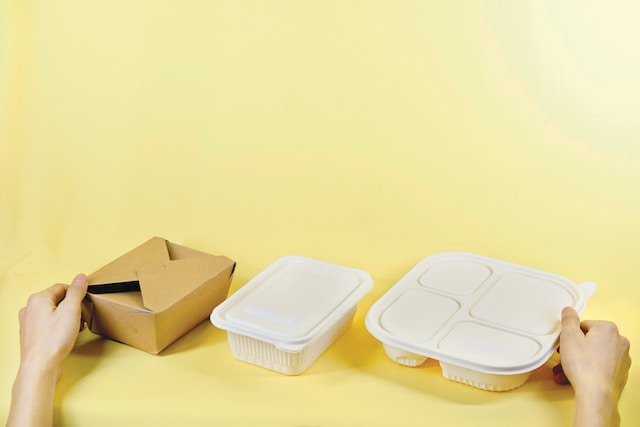Our world is changing. It’s not just in terms of the extraordinary technology being developed, but also in how we view the disastrous impact our consumer-driven behaviors have on this planet we call home.
As climate change worsens and areas are swallowed up by substantial amounts of waste, more and more people are demanding change. In fact, studies show today’s consumers are not only more willing to purchase environmentally friendly products, but they’re willing to pay more to do so. 50% say they would even pay extra for sustainable packaging and delivery.
Although numerous businesses and manufacturers are heeding this call for action, too many others stay stuck in old ways. Such companies continue to use traditional materials despite their known environmental threat and create a sizable ecological footprint as a result. This doesn’t need to be the case. There are ways to package products more sustainably and still turn a profit.
One such sustainability-driven approach is to replace the packaging materials completely. It could be by swapping the existing material with a plant-based one — such as the plastic alternative, polylactic acid — or opting for more familiar routes, such as paper and cardboard.
While these sustainable substitutions still have an impact, they are biodegradable and more easily recycled by consumers. If possible, choosing to work with recycled paper products is even better for the environment as it supports conservational efforts by reducing the demand for virgin materials.
As technology advances, so too do the options available for packaging. Nowadays, there’s even mushroom-based packaging to help organizations meet their sustainability goals. Both compostable and biodegradable, this innovative packaging solution has the potential to significantly reduce a company’s carbon footprint. It also demands fewer resources and energy consumption compared to traditional packaging materials further contributing to a more sustainable future.
Another approach is to make existing packaging more recyclable. For instance, utilizing polyethylene terephthalate (PET) in the labeling process of package manufacturing helps make a product more recycle-friendly.
Along the same lines is sourcing labeling materials through PCR, or post-consumer recycled content. Made with recycled paper, cotton, and other such materials, PCR can help support sustainability goals especially when used in tandem with soy-based and water-soluble inks.
Taking the initiative to invest in packaging redesign and improvement is vital. As packaging is a leading contributor to global greenhouse gas emissions and our current climate crisis, companies of all sizes need to adopt sustainable packaging solutions sooner, rather than later.
Doing so can help reduce waste, mitigate climate change, and even enhance brand reputation as it attracts environmentally conscious consumers. Put simply, making the change to sustainable packaging is good for the planet and good for business.
Interested in learning more about the impact of packaging on the environment? Check out the accompanying resource from Chicago Tag & Label for further information.
Infographic created by Chicago Tag & Label, a custom label printing company











Leave a Reply